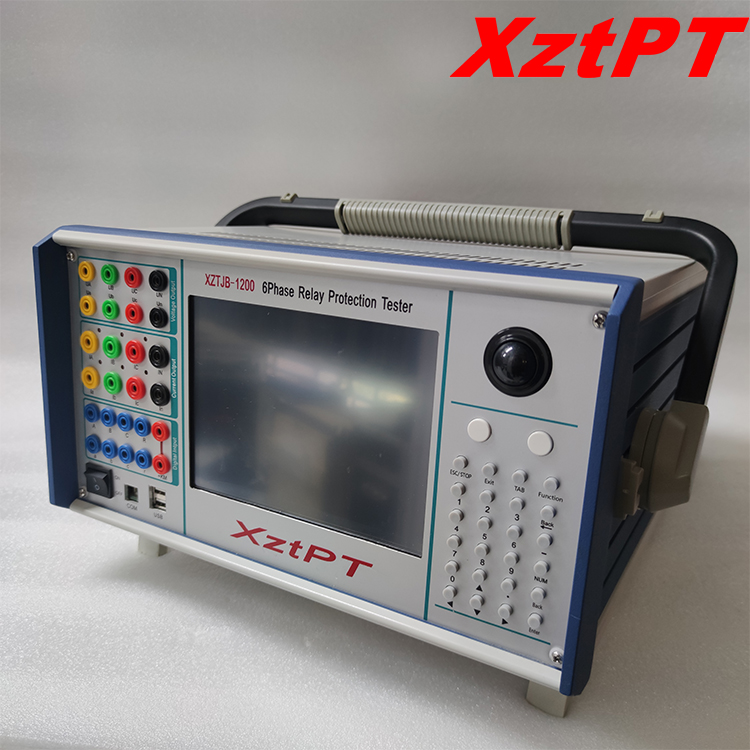English




Main categories
Plug in fuse: It is commonly used at the end of lines with voltage levels of 380V and below, as a short-circuit protection for distribution branches or electrical equipment.
Spiral fuse: There is a fuse indicator on the upper end cover of the melt. Once the melt melts, the indicator will immediately pop out and can be observed through the glass hole on the ceramic cap. It is commonly used in machine tool electrical control equipment. Spiral fuse. The breaking current is relatively large and can be used for short-circuit protection in circuits with voltage levels of 500V and below and current levels of 200A and below.
Enclosed fuses: Enclosed fuses are divided into two types: filler fuses and unfilled fuses, as shown in Figure 3 and Figure 4. Filler fuses are generally made of square ceramic tubes, filled with quartz sand and melt, with strong breaking capacity, and are used in circuits with voltage levels below 500V and current levels below 1KA. The unfilled sealed fuse installs the melt into a sealed cylinder, with slightly lower breaking capacity, and is used in power grids or distribution equipment below 500V and 600A.
Quick fuse: Quick fuse is mainly used for short-circuit protection of semiconductor rectifier components or rectifier devices. Due to the low overload capacity of semiconductor components. It can only withstand large overload currents in a very short period of time, so short-circuit protection is required to have the ability to quickly fuse. The structure of a fast fuse is basically the same as that of a filler sealed fuse, but the material and shape of the melt are different. It is a variable cross-section melt with a V-shaped deep groove punched from silver sheets. Fast fuse, commonly referred to as "fast melting", is characterized by fast melting speed, high rated current, strong breaking capacity, stable current limiting characteristics, and small size.
Self healing fuse: using sodium metal as the melt, it has high conductivity at room temperature. When a short circuit fault occurs in the circuit, the short-circuit current generates high temperature, causing sodium to rapidly vaporize, and the vaporized sodium exhibits a high resistance state, thereby limiting the short-circuit current. After the short-circuit current disappears, the temperature drops and the metallic sodium returns to its original good conductivity. Self resetting fuses can only limit short-circuit current and cannot truly break the circuit. Its advantage is that there is no need to replace the melt and it can be reused.
Performance comparison between fuses and circuit breakers
Fuse:
1. The main advantages and characteristics of fuses
① Good selectivity. As long as the rated current of the fuse link of the upper and lower level fuses meets the requirement of the overcurrent selection ratio of 1.6:1 specified in the national standard and IEC standard, that is, the rated current of the upper level fuse link is not less than 1.6 times that of the lower level, it is considered that the upper and lower levels can selectively cut off the fault current;
② Good current limiting characteristics and high breaking capacity;
③ Relatively small size;
④ The price is relatively cheap.
2. The main drawbacks and weaknesses of fuses
① After the fault is blown, the fuse link must be replaced;
② The protection function is single, with only one overcurrent inverse time characteristic, which is used for overload, short circuit, and grounding faults;
③ When a phase fuse occurs, it will cause adverse consequences for the operation of two phases in a three-phase motor. Of course, a fuse with an alarm signal can be used to compensate for this. A phase fuse can disconnect three phases;
④ Remote control cannot be achieved, it needs to be combined with an electric knife switch.
Non selective circuit breaker:
1. Main advantages and characteristics
① After the fault is disconnected, it can be manually reset without the need to replace components, unless maintenance is required after cutting off the large short-circuit current;
② Long delay release and instantaneous current release with inverse time characteristics have two protection functions, which are used for overload and short circuit protection respectively, and each performs its own duties;
③ Remote control can be achieved when operating the mechanism with electricity.
2. Main drawbacks and weaknesses
① It is difficult to achieve selective disconnection between upper and lower level non selective circuit breakers, and when the fault current is large, it is easy to cause both upper and lower level circuit breakers to instantly disconnect;
② The relative price is slightly higher;
③ Some circuit breakers have lower breaking capacity, such as those with lower rated current installed near large capacity transformers, which may result in insufficient breaking capacity. The existing high resolution products can meet the requirements, but the price is relatively high.
Selective circuit breaker:
1. Main advantages and characteristics
① Having the advantages of non selective circuit breakers mentioned above;
② It has multiple protection functions, including long delay, instantaneous, short delay, and ground fault (including zero sequence current and residual current protection) protection, which respectively achieve overload, circuit breaker delay, large short-circuit current instantaneous action, and ground fault protection. The protection sensitivity is extremely high, and adjusting various parameters is convenient, making it easy to meet various protection requirements of distribution lines. In addition, there may be cascading protection function, which has better selective action performance;
③ Nowadays, many products have intelligent features. In addition to protection functions, they also have power measurement, fault recording, and communication interfaces to achieve centralized monitoring and management of power distribution equipment and systems.
2. Main issues
① The price is very high, so it is only suitable for use at the beginning of the distribution line and on the branch lines in particularly important places;
② The size is relatively large.
XZTJB-1200 6 Phase Protection Relay Tester, Relay Test Set
